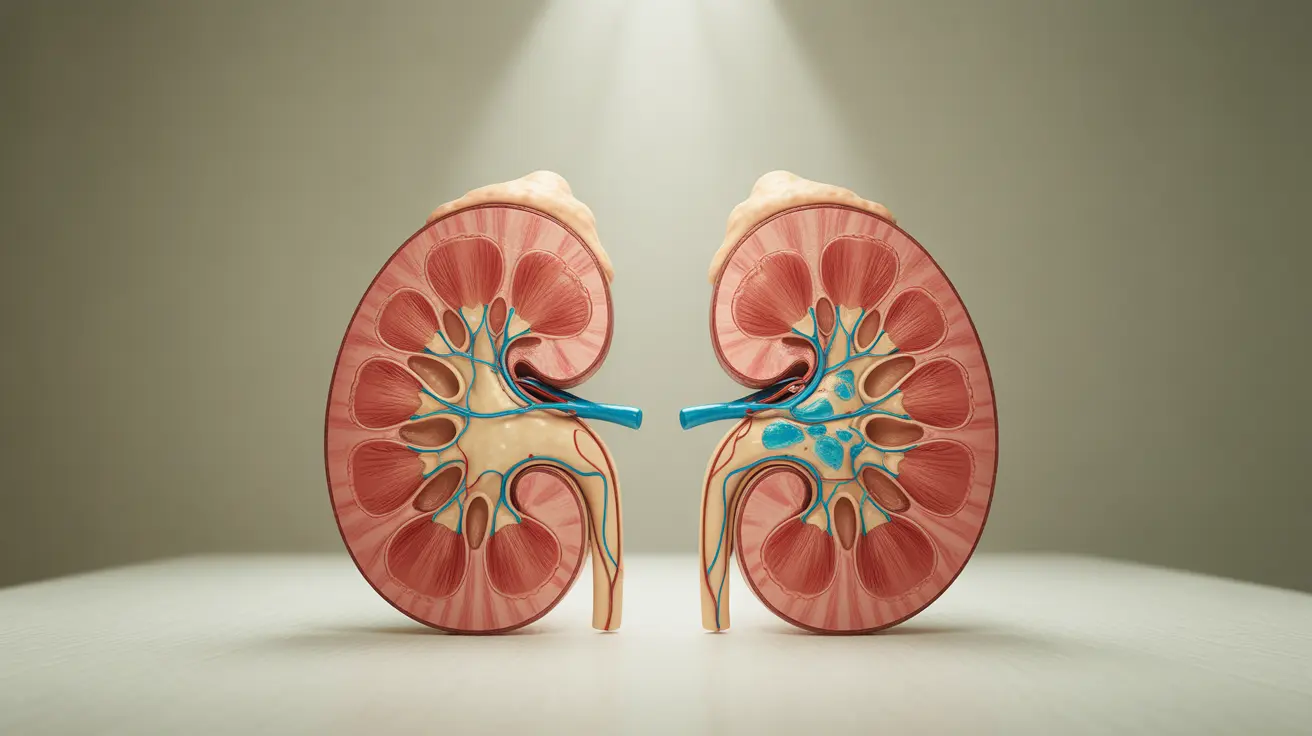Living with chronic migraines can be debilitating, affecting every aspect of daily life. With recent advancements in medical science and treatment options, there's now more hope than ever for those seeking relief from chronic migraine symptoms. This comprehensive guide explores the latest and most effective treatment options available in 2025, from innovative medications to lifestyle modifications.
Understanding Modern Chronic Migraine Treatment Approaches
The landscape of chronic migraine treatment has evolved significantly, offering multiple pathways for managing this challenging condition. Today's treatment options combine traditional approaches with breakthrough therapies, providing a more comprehensive solution for sufferers.
Latest Preventive Medications for Chronic Migraines
Recent developments in preventive medications have revolutionized chronic migraine treatment. These medications work to reduce both the frequency and severity of migraine attacks, offering new hope for chronic sufferers.
CGRP Inhibitors: A Game-Changing Treatment
Calcitonin Gene-Related Peptide (CGRP) inhibitors represent one of the most significant breakthroughs in migraine prevention. These medications work by blocking CGRP, a protein involved in pain transmission and inflammation during migraine attacks. Available in both injectable and oral forms, CGRP inhibitors have shown remarkable success in reducing monthly migraine days for many patients.
Traditional Preventive Medications
While newer options are available, several traditional preventive medications remain effective for chronic migraine treatment:
- Beta-blockers
- Calcium channel blockers
- Anticonvulsants
- Antidepressants
Botox for Chronic Migraine Prevention
Botulinum toxin (Botox) injections have emerged as a proven treatment for chronic migraine prevention. Administered every 12 weeks, these injections can significantly reduce headache frequency. The treatment involves multiple injection sites across the head and neck, targeting specific muscle groups associated with migraine pain.
Non-Pharmaceutical Approaches
Neuromodulation Devices
Modern neuromodulation devices offer a drug-free alternative for chronic migraine treatment. These devices use electrical or magnetic stimulation to interrupt pain signals and provide relief. Current FDA-approved options include:
- External trigeminal nerve stimulation devices
- Transcranial magnetic stimulation devices
- Vagus nerve stimulators
Lifestyle Modifications and Complementary Therapies
Effective chronic migraine treatment often includes lifestyle changes and complementary therapies:
- Stress management techniques
- Regular sleep schedule
- Dietary modifications
- Exercise routines
- Acupuncture
- Mindfulness meditation
Frequently Asked Questions
What are the most effective preventive medications for chronic migraine treatment in 2025?
The most effective preventive medications currently include CGRP inhibitors, Botox injections, and traditional options like beta-blockers and anticonvulsants. CGRP inhibitors have shown particularly promising results, with many patients experiencing significant reductions in monthly migraine days.
How do CGRP inhibitors help reduce the frequency of chronic migraines?
CGRP inhibitors work by blocking the calcitonin gene-related peptide, a protein that plays a crucial role in migraine pain transmission. By preventing this protein from binding to its receptors, these medications can reduce both the frequency and severity of migraine attacks.
What are the benefits and risks of using Botox injections for chronic migraine prevention?
Botox injections can reduce headache days by 50% or more in many patients. Benefits include long-lasting relief (up to 12 weeks) and minimal side effects. Risks include temporary neck pain, injection site reactions, and rarely, muscle weakness. The treatment must be administered by qualified healthcare professionals.
Can lifestyle changes and complementary therapies improve chronic migraine symptoms?
Yes, lifestyle changes and complementary therapies can significantly improve chronic migraine symptoms. Regular exercise, stress management, consistent sleep patterns, and dietary modifications have shown positive results. These approaches work best when combined with medical treatments as part of a comprehensive management plan.
What new non-drug treatments, such as neuromodulation devices, are available for managing chronic migraines?
Several FDA-approved neuromodulation devices offer drug-free migraine relief. These include external trigeminal nerve stimulation devices, transcranial magnetic stimulation units, and vagus nerve stimulators. These devices can be particularly beneficial for patients who prefer non-pharmaceutical options or cannot tolerate traditional medications.




